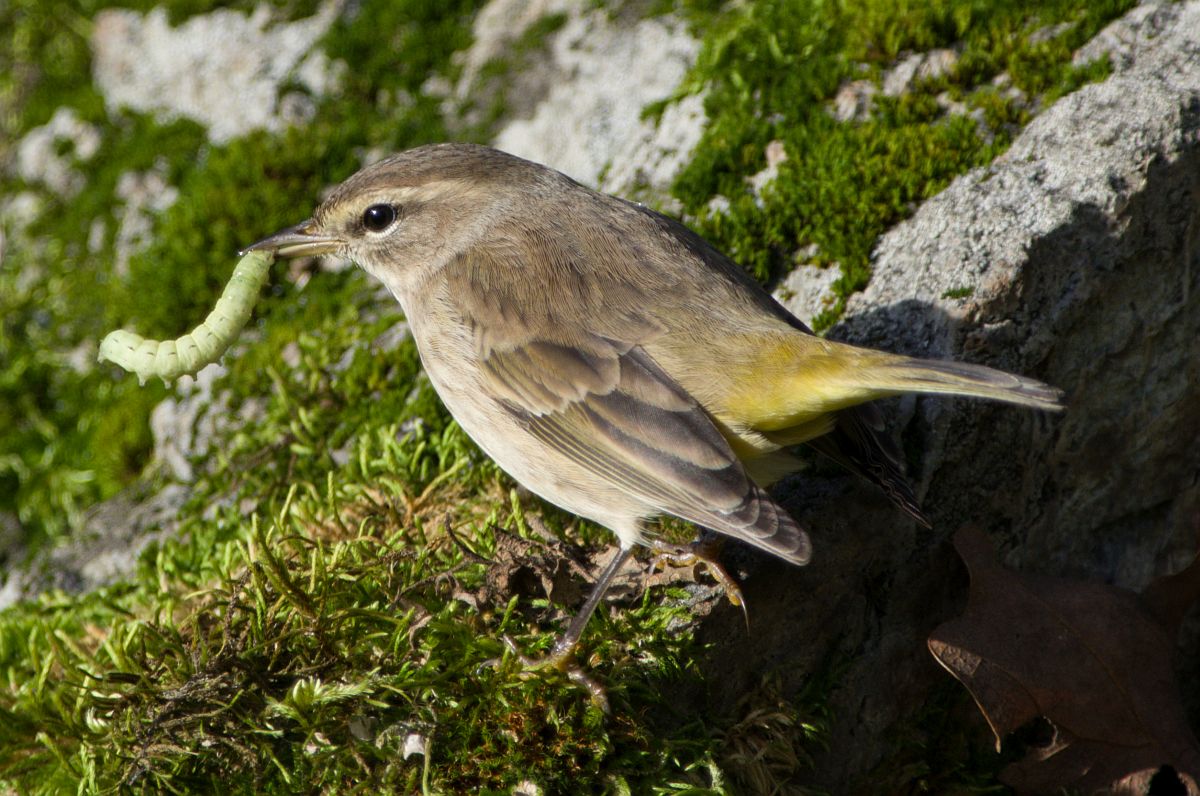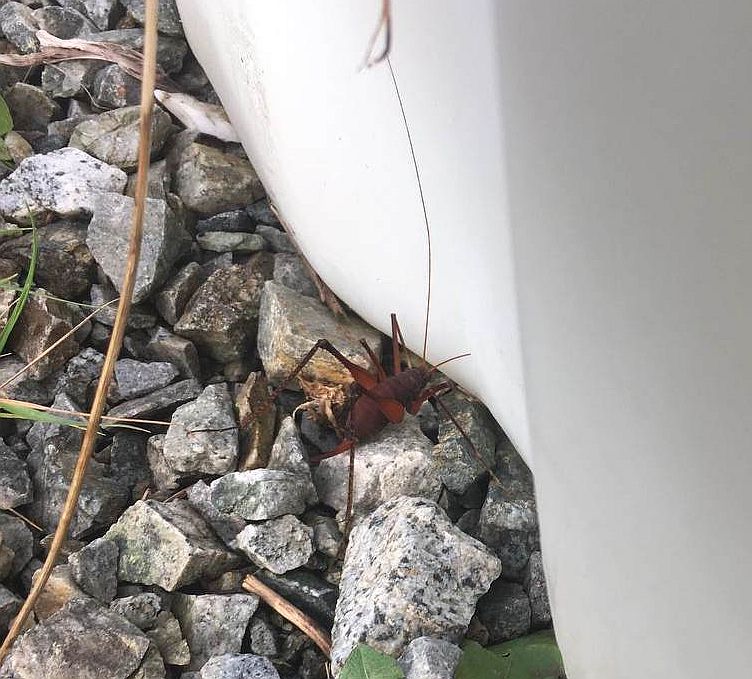2019 January 6
Jeremy Tatum writes: I quote from page 3 of the January-February Victoria Naturalist:
“For more that six years, an army of citizen scientists across Canada has been scouring gardens, trails and vacant lots, in search of butterflies.. Their observations have poured in by the tens of thousands, arriving at an online depository known as eButterfly…”
You can guess the rest of the gist of the article, or read it in the VN. In any case I wonder if anyone is contributing observations to eButterfly from our area, or if anyone would like to undertake to do so. Not me, because I’m a computerphobe, but I’m sure that, among our viewers, there are some who are already familiar with eBird, and who could relatively easily handle eButterfly. Collectively we are pretty familiar with the butterflies of this area, but are our butterflies more widely known? If anyone would like to investigate eButterfly and to contribute local butterfly observations to eButterfly, please let us know. We have some butterflies that are regular, but which fly at different times of year. Some are single-brooded; others are double-brooded. There are some, including migratory species, whose numbers vary greatly from year to year (e.g. Mourning Cloak). There are some whose numbers seem to be declining drastically (Satyr Comma, Anise Swallowtail, Mylitta Crescent). I can’t offhand think of any whose population is increasing. There are occasional stray rarities (e.g. Monarch). And new discoveries (Johnson’s Hairstreak). Thus there are lots of things that we are familiar with, but which should be reported and which ought to be entered into the national body of butterfly knowledge. So, if anyone is interested in reporting our observations to eButterfly, let us know!



